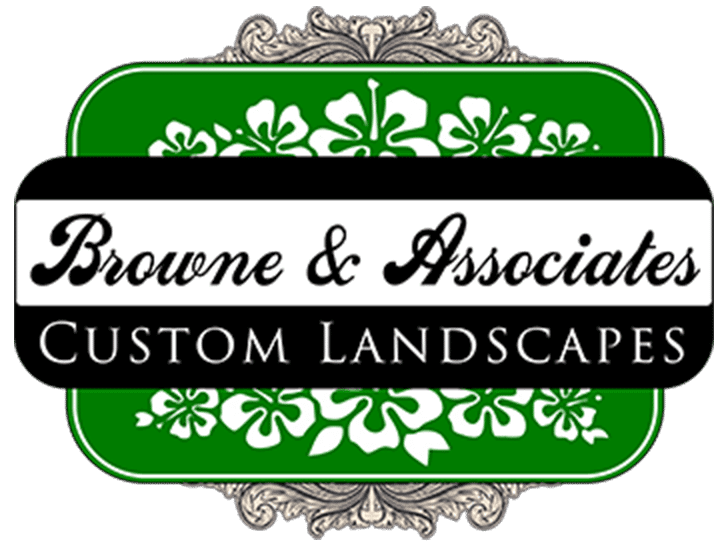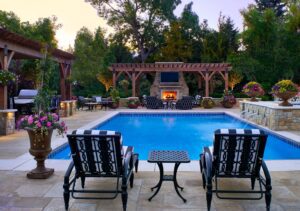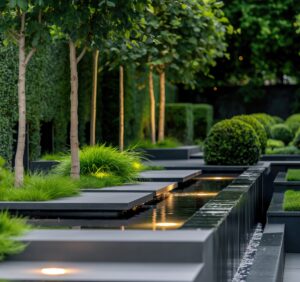Landscaping is an investment that enhances the beauty, functionality, and value of your property. Whether you’re planning a simple garden refresh or a complete outdoor transformation, understanding the cost of landscaping is essential for effective budgeting.
Prices can vary widely depending on the scope of the project, materials used, and labor requirements. In this guide, we’ll break down everything you need to know about landscaping costs. From average prices for common projects to tips for managing expenses, this article will help you make informed decisions for your outdoor space.
Why Landscaping Is Worth the Investment
1. Increasing Property Value
A well-designed landscape can increase your property’s value by up to 15%, according to real estate experts. Features like lush lawns, patios, and gardens not only make your home more attractive but also appeal to potential buyers if you decide to sell.
Beyond financial benefits, landscaping improves curb appeal and creates outdoor spaces that enhance your quality of life. A professionally landscaped yard leaves a lasting impression on visitors and neighbors alike.
2. Improving Functionality
Landscaping ideas for transforming your outdoor space aren’t just about aesthetics—they’re also about making your outdoor space more functional. Thoughtful designs can address issues like poor drainage, uneven terrain, or lack of privacy.
Features like retaining walls, irrigation systems, and pathways improve usability while protecting your property from erosion or water damage.
Factors That Influence Landscaping Costs
1. Project Scope and Size
The size and complexity of your landscaping project are major cost drivers. A small garden makeover with new plants and mulch will cost much less. In contrast, a full backyard renovation with hardscaping features like patios or outdoor kitchens will be significantly more expensive.
For example:
- Small Projects: Adding flower beds or planting shrubs may cost between $500–$2,000.
- Medium Projects: Installing a lawn, irrigation system, or basic hardscaping ranges from $5,000–$15,000.
- Large Projects: Full-scale renovations with custom features like pergolas or water fountains can exceed $50,000.
Landscaping costs vary significantly by size and complexity, with small updates being far more affordable than extensive renovations featuring custom elements.
2. Materials Used
The type of materials you choose greatly impacts the overall cost:
- Natural Stone: Premium material for patios or walkways; costs range from $15–$30 per square foot.
- Pavers: Durable and affordable; typically $10–$20 per square foot.
- Mulch or Gravel: Budget-friendly ground cover; costs range from $2–$5 per square foot.
Choosing materials that balance durability with affordability is key to staying within budget while achieving your desired look.
3. Labor Costs
Labor constitutes a significant portion of landscaping expenses, often 50% or more of the total cost. The complexity of the work influences the required time and expertise.
Basic planting tasks typically cost $40–$60 per hour, while skilled hardscaping can range from $70–$120 per hour. Hiring experienced professionals ensures quality results but comes at a higher price compared to DIY efforts.
Average Landscaping Costs by Project Type
1. Lawn Installation
Installing a new lawn involves grading the soil, laying sod or seeding grass, and setting up irrigation systems if needed:
- Seeding Grass: $0.10–$0.30 per square foot.
- Sod Installation: $1–$2 per square foot.
- Irrigation Systems: $1,500–$3,000 for an average yard.
In short, installing a new lawn is a valuable investment for your outdoor space.
2. Garden Design and Planting
Adding flower beds, shrubs, trees, or decorative plants are included in garden projects:
- Basic flower beds: $500–$2,000 depending on plant selection.
- Shrub planting: $25–$50 per shrub.
- Tree planting: $150–$300 per tree (including delivery and installation).
Ultimately, garden projects can enhance your landscape while varying in cost.
3. Hardscaping Features
Hardscaping refers to non-living elements like patios, walkways, and retaining walls:
- Patios: $10–$30 per square foot depending on material (e.g., concrete vs. natural stone).
- Walkways: $8–$20 per square foot.
- Retaining Walls: $20–$40 per square foot based on height and material.
Hardscaping features enhance outdoor spaces, with costs varying based on materials and design choices.
4. Water Features
Water features add elegance but come with higher costs due to installation complexity:
- Fountains: $1,000–$5,000 depending on size and design.
- Ponds: $3,000–$10,000 including excavation and lining.
- Waterfalls: $5,000–$15,000 depending on scale.
Water features enhance aesthetics but involve higher costs due to installation complexity and design choices.
Tips for Managing Landscaping Costs
1. Set a Realistic Budget
Establish a realistic budget by determining how much you can spend before starting your project. Allocate funds for materials and labor, ensuring to include a buffer for unexpected expenses.
This approach helps you manage costs effectively and avoid financial surprises during the landscaping process.
2. Prioritize Essential Features
Prioritize essential features by focusing on elements that add the most value and functionality to your space. Start with basic elements like lawns and pathways, then add decorative features like fountains and lighting.
3. Consider Phased Projects
If your budget is limited, break the project into phases over time:
- Install basic features like lawns or irrigation systems.
- Add hardscaping elements such as patios or retaining walls.
- Finish with decorative touches like lighting or water features.
This approach allows you to spread out costs while still achieving your long-term vision.
Frequently Asked Questions (FAQ)
1. How much does professional landscaping cost?
Professional landscaping typically ranges from $5,000–$50,000 depending on project scope and materials used.
2. Can I save money by doing some tasks myself?
Yes! Simple tasks like planting flowers or spreading mulch can be done as DIY projects to reduce labor costs.
3. What’s the most cost-effective way to landscape my yard?
Focus on low-maintenance plants and affordable materials like gravel or pavers while prioritizing essential features over decorative elements.
4. Do I need permits for landscaping projects?
Permits may be required for certain projects like building retaining walls, installing large water features, or constructing swimming pools—check local regulations before starting work.
5. How do I choose the right plants for my climate?
Consult with local nurseries or landscapers who understand regional conditions to select plants that thrive in your area’s soil type and weather patterns.
6. What’s the lifespan of hardscaping materials?
Materials like concrete pavers typically last 25+ years with proper maintenance; natural stone can last even longer but may require sealing to prevent weathering.
7. How often should I maintain my landscape?
Regular maintenance such as mowing lawns, pruning plants, and cleaning pathways should be done weekly or monthly depending on your specific landscape design.
Landscaping is an investment in both beauty and functionality—but understanding its costs helps ensure you get maximum value without overspending! By planning carefully around factors like scope materials labor—you’ll create stunning outdoor spaces tailored perfectly toward enhancing property aesthetics usability alike! For expert guidance and exceptional results, trust Browne Associates to bring your vision to life




